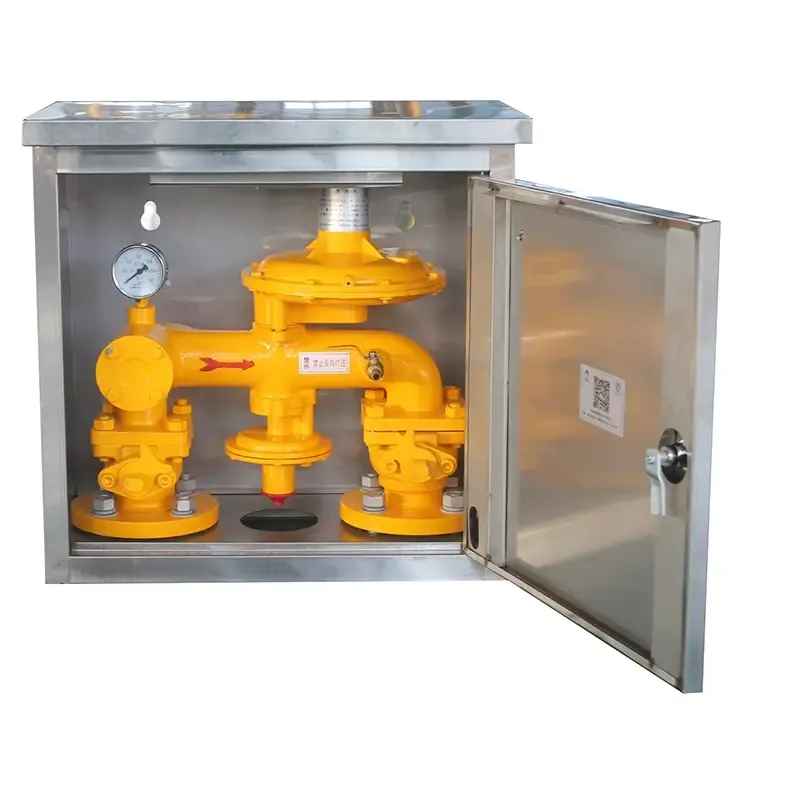
Oct . 30, 2024 11:33
Back to list
منظم الضغط
Understanding Pressure Regulators Essential Components in Fluid Systems
Pressure regulators play a pivotal role in various industries, ensuring that fluid pressure is maintained within a specified limit to guarantee the proper functioning of systems and equipment. From gas pipelines to water supply systems, pressure regulators are essential to maintain safety, efficiency, and performance.
.
The functionality of a pressure regulator is based on the principle of feedback control. When the input pressure from a source, such as a gas cylinder or a water supply line, exceeds the set point, the regulator reduces the output pressure, diverting excess flow back to the source or into a safe discharge area. Conversely, when the input pressure decreases, the regulator adjusts to allow more flow through, maintaining consistent output pressure.
منظم الضغط

There are two main types of pressure regulators single-stage and multi-stage regulators. Single-stage regulators are commonly used for applications requiring a quick response and where the difference between input and output pressure is relatively small. Multi-stage regulators, on the other hand, are used in high-pressure applications where a significant pressure drop is necessary. They provide better precision and stability, making them suitable for critical applications in laboratories and industrial processes.
The materials used in manufacturing pressure regulators vary based on the application, including stainless steel and brass for durability and resistance to corrosion. Additionally, regulators can be designed to handle different types of fluids, whether gases or liquids, and can be tailored to meet specific pressure ranges based on the requirements of the system.
In many applications, regular maintenance and inspection of pressure regulators are vital to ensure their longevity and reliability. Issues such as wear and tear, blockages, or leaks can compromise their functionality, leading to safety hazards and inefficiencies. Therefore, operators must implement routine checks and replace components as necessary to keep systems running smoothly.
In conclusion, pressure regulators are indispensable components in fluid systems, ensuring that operations are safe, efficient, and reliable. As industries continue to evolve and technology advances, the design and functionality of pressure regulators will undoubtedly improve, paving the way for even greater efficiency and safety in various applications. Whether in residential, commercial, or industrial settings, these devices underscore the importance of managing fluid pressure effectively for optimal performance.
Next:
Latest news
-
Safety Valve Spring-Loaded Design Overpressure ProtectionNewsJul.25,2025
-
Precision Voltage Regulator AC5 Accuracy Grade PerformanceNewsJul.25,2025
-
Natural Gas Pressure Regulating Skid Industrial Pipeline ApplicationsNewsJul.25,2025
-
Natural Gas Filter Stainless Steel Mesh Element DesignNewsJul.25,2025
-
Gas Pressure Regulator Valve Direct-Acting Spring-Loaded DesignNewsJul.25,2025
-
Decompression Equipment Multi-Stage Heat Exchange System DesignNewsJul.25,2025

